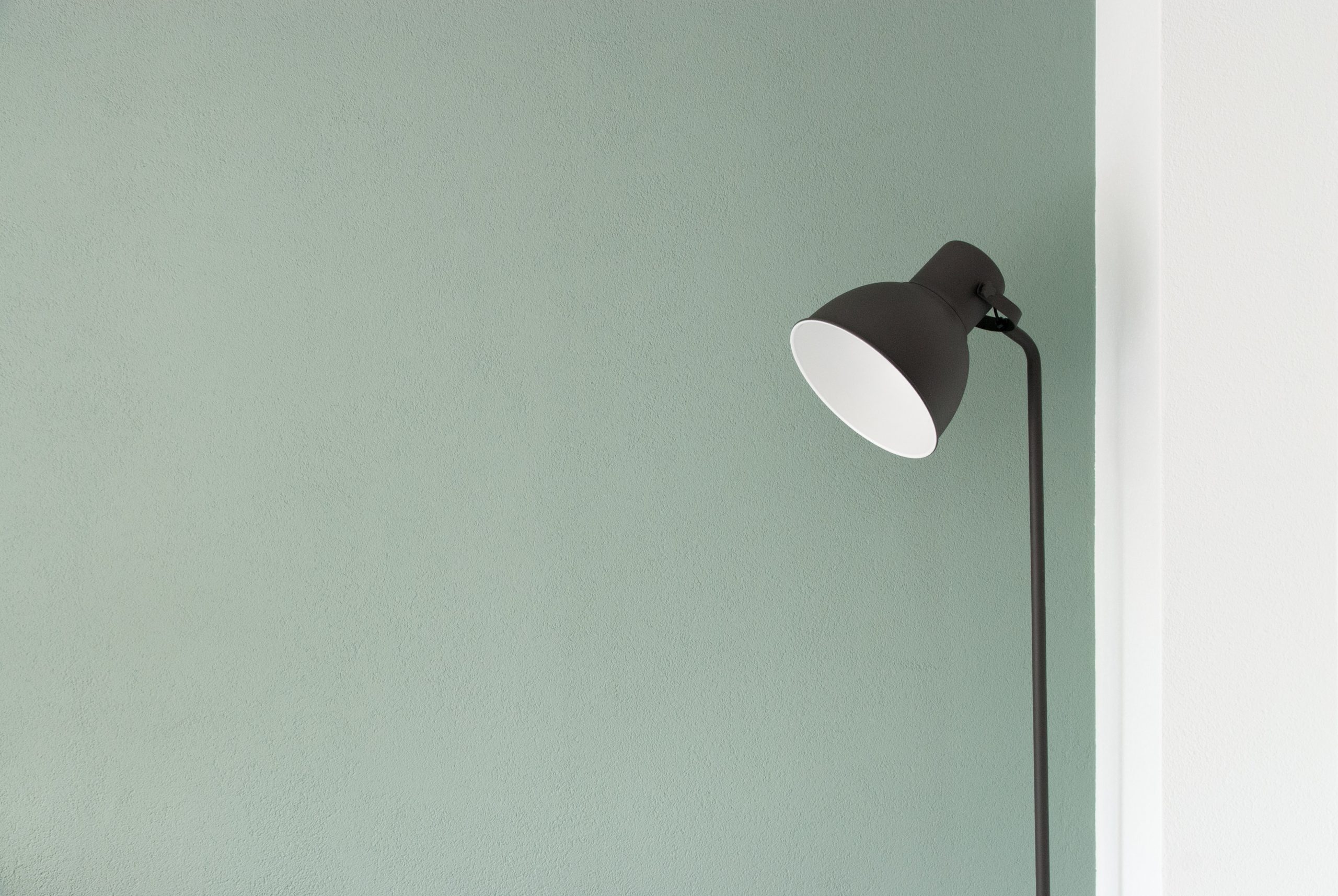By Anna Xu and Anton Rizor
If you are an individual or a company looking to register a trademark you will have to register it for specific goods and services. The goods and services for which your trademark is registered will be central to the protection and enforcement of your trademark. When determining what category your goods and services will fall under, it is likely that you will encounter something called the Nice Classification.
The Nice Classification was established by the Nice Agreement Concerning the International Classification of Goods and Services for the Purposes of the Registration of Marks (Nice Agreement, 1957).[1] The Nice system is the primary way through which goods and services are classified internationally for the purposes of registering trademarks.[2]
There are 34 classes of goods and 11 classes of services under this regime. Each class falls under a general heading of the field that the good or service belongs under.[3] For example, under class 32 one can find products that belong to the general heading “Beer and non-alcoholic beverages”, whereas wines and spirits would fall under class 33.[4]
An important caveat for Canadian applicants is that although Canada is party to the Nice Agreement, the Nice Classification does not supersede an applicant’s obligation to set out their goods and services in ordinary terms pursuant to the Canadian Trademarks Act.[5] Rather, an applicant must additionally register for a Nice Classification. This is supposed to give applicants who are looking to register their marks internationally an advantage because the classification of goods and services will be uniform in all countries that are party to the Nice Agreement.
It is also important to note that the fee for new applications in Canada include the first class of goods and services, however any additional class that the registrar deems necessary for the good or service costs an additional $100 per class.[6] This is why it is important for an applicant to be well aware of the Nice classes that they are likely going to have to register for.
The Trademarks Project under the Queen’s Conflicts Analytics Lab is currently working on creating a deep learning tool that can help applicants who are considering registering a trademark. Although still under development, one of the aims of the tool will be to help the applicant determine which Nice Classifications their products or services fall under, and therefore, may need to register for. This is designed to help particularly small and medium sized enterprises better plan the costs of registering their trademarks before they consult a legal professional to help them with their endeavour.
Disclaimer: The information provided in this response is for general informational purposes only and is not intended to be legal advice. The content provided does not create a legal client relationship, and nothing in this response should be considered as a substitute for professional legal advice. The information is based on general principles of law and may not reflect the most current legal developments or interpretations in your jurisdiction. Laws and regulations vary by jurisdiction, and the application and impact of laws can vary widely based on the specific facts and circumstances involved. You should consult with a qualified legal professional for advice regarding your specific situation.
[1] WIPO: Nice Classification, https://www.wipo.int/classifications/nice/en/
[2] CIPO: Using the Nice Classification in Canada, https://www.wipo.int/classifications/nice/en/
[3] Ibid.
[4] Access all categories of the Nice Classification system here: https://www.wipo.int/classifications/nice/nclpub/en/fr/
[5] CIPO: Using the Nice Classification in Canada, https://www.wipo.int/classifications/nice/en/
[6] Ibid.

